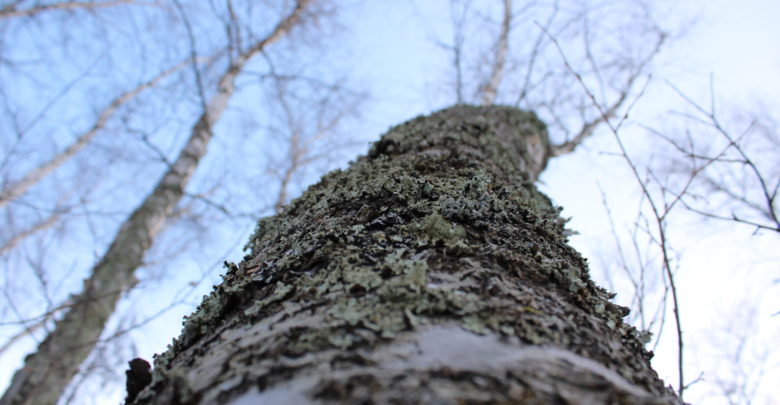 Amanda Sparks
Amanda SparksTwo University of Alberta professors, Vic Adamowicz and David Olefeldt from the department of agriculture, life and environmental sciences, recently worked on a report on the benefits of nature-based climate solutions (NBCSs).
The study reviewed the potential of NBCSs such as natural carbon sinks, which can be man-made or naturally occurring, as long as it absorbs more carbon than it releases. Currently, the ocean and forests are earth’s two biggest natural carbon sinks, with the ocean alone capable of absorbing approximately 50 per cent of emitted carbon. However, the absorption of too much carbon can acidify the ocean, impacting many ocean species.
Implementation of other forms of NBCSs can decrease the reliance on the ocean in carbon absorption, combatting the acidification of the ocean. Additionally, using carbon sinks can help the Canadian government achieve its goal of reducing the country’s carbon emissions by 40 per cent by 2030. The full implementation of NBCSs would mitigate approximately six per cent of Canada’s yearly greenhouse gas emissions.
The preservation and creation of NBCSs, such as grass and peatlands, can reduce carbon in the atmosphere, subsequently aiding in combating global warming.
Olefeldt said that Canada has made a commitment to reduce greenhouse gas (GHG) emissions, which can be done in a multitude of ways.
“It can be by cutting our emission of fossil fuels, but it could also be done by using our landscape — either to take up GHGs and store it in the soil, or to avoid emissions that otherwise would occur.”
According to the report, land development or warming global temperatures could cause natural carbon sinks to release GHGs, adding to the effects of climate change and decreasing the efficacy of NBCSs.
“Some carbon stores may be fairly resilient,” Olefeldt said. “It is a possibility that climate change will affect either the rate of new carbon accumulation or the storage of carbon. But for peatlands in many areas of Canada, they’ll continue to exist and continue to accumulate carbon.”
Many forms of carbon sinks can provide benefits in addition to their storing carbon, the report said.
“If you restore a wetland, the main value doesn’t lie in the carbon sink that’s formed … it’s in reducing flood risks, increasing groundwater recharge, improving water quality, [and] creating habitat for amphibians and waterfowl.”
“When you look at NBCSs and just look at the value from a carbon perspective, you’re not getting the whole point,” added Olefeldt. “Six per cent is substantial, but we can’t just rely on NBCSs to meet our commitments.”
Adamowicz said that preserving these natural carbon sinks relies on contracts between the government and landowners. In the contracts, landowners agree to either restore those lands, or to not release carbon emissions, break up grasslands, and drain wetlands.
“For the most part, there’s probably some type of funding involved,” said Adamowicz. “Whether it’s support over the long term, or partial support for some activities — this isn’t new … so there are things that can be done, to offset the costs of landowners changing their practices.”
“Working with Indigenous communities is one of the really interesting and potentially really beneficial aspects of NBCSs,” said Adamowicz. He continued that the communities can design the mechanisms they use to manage land that align with their knowledge systems and principles.
“Instead of harvesting the forests, they would change them into Indigenous management areas, then they get the carbon benefits and the benefits associated with their systems.”
Adamowicz then said that looking at all approaches to carbon mitigation remains important.
“We should be looking at all approaches that we can use to reduce GHG emissions or sequester GHG emissions,” said Adamowicz. “I’d also like to bring in which ones are more or less expensive per unit of greenhouse gas emissions that are reduced. Then we can pick ones that are cost effective, we’ll start with ones that are inexpensive, and work our way up to more expensive ones and see how we do.”




